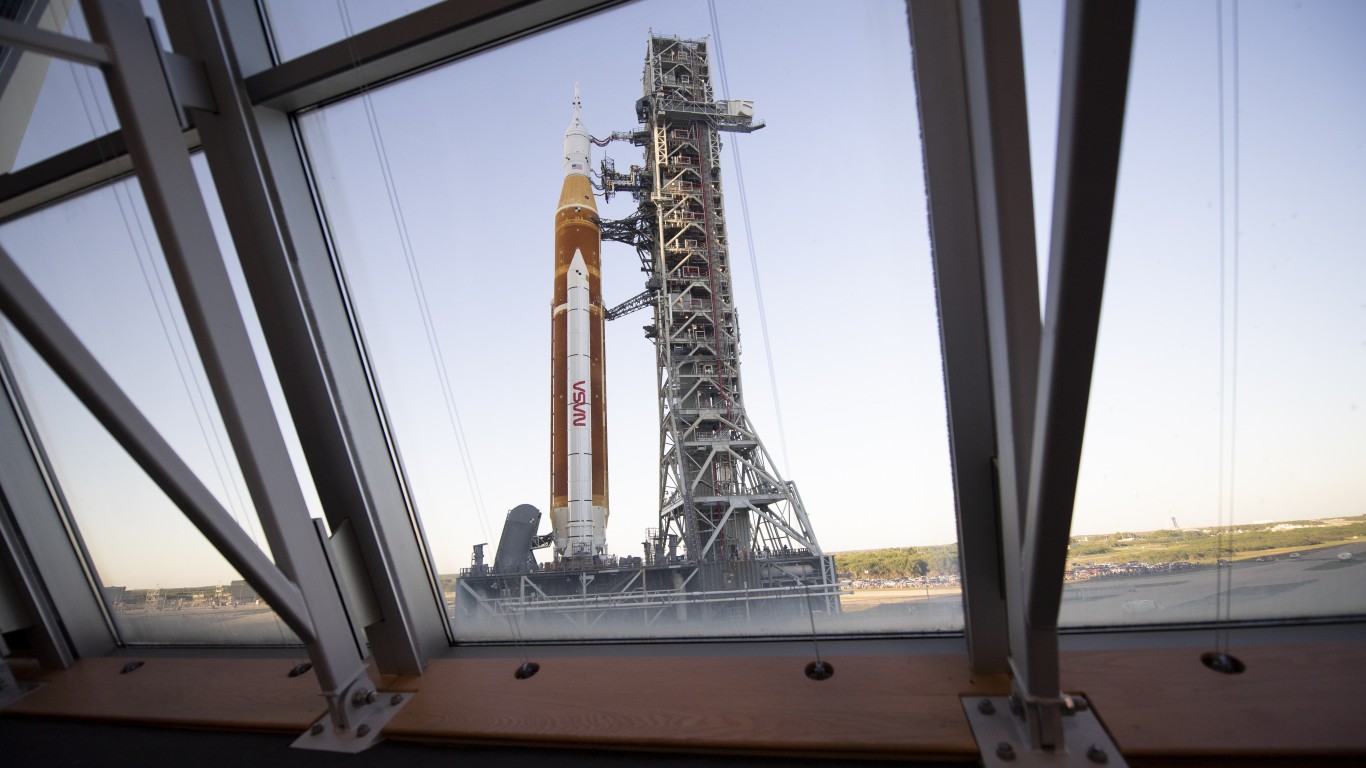
The Artemis I mission to the moon is among the greatest debacles in NASA history. The launch of the massive rocket known as the Space Launch System rocket was delayed twice this past week. The second time was due to hydrogen leakage in an inlet.
The next launch will be put off for weeks, or perhaps longer. That is hard to believe because the cost to design and build the system from inception until 2025 will be $93 billion. That is well over budget. The first mission was supposed to be in 2017.
Among the companies which did the most work on the project was the historic bungler of similar work – Boeing. NPR recently reported “The National Aeronautics and Space Administration’s scheduled test launch Monday of a new mega-rocket will give Boeing Co. another chance to prove it can pull off big national projects following past missteps.”
Boeing has been able to build dangerous commercial aircraft and faulty rockets for years and its reputation is in tatters. Its executives have routinely said Elon Musk’s SpaceX rockets are nothing better than toys. In the meantime, SpaceX has launched a number of rockets, some of which were for NASA. Each has come off without a hitch. One has to wonder why SpaceX was not asked to build much of the Artemis I components – or all of them.
The Artemis I mission’s success cannot be understated. The U.S. has not been to the moon for decades. It has fallen behind Russia and China. America led the race for years.
One reason to explore the Moon is that it may have valuable minerals. Another is that it could be a staging area for a trip to Mars. Just important is the prestige of a U.S. return to the Moon, which is an unquantifiable, but critical part of the national identity.
Boeing will be shamed by the press, and many Americans will blame it for the Moon mission failure. The shaming is well placed and should continue.
Get Ready To Retire (Sponsored)
Start by taking a quick retirement quiz from SmartAsset that will match you with up to 3 financial advisors that serve your area and beyond in 5 minutes, or less.
Each advisor has been vetted by SmartAsset and is held to a fiduciary standard to act in your best interests.
Here’s how it works:
1. Answer SmartAsset advisor match quiz
2. Review your pre-screened matches at your leisure. Check out the advisors’ profiles.
3. Speak with advisors at no cost to you. Have an introductory call on the phone or introduction in person and choose whom to work with in the future
Thank you for reading! Have some feedback for us?
Contact the 24/7 Wall St. editorial team.

